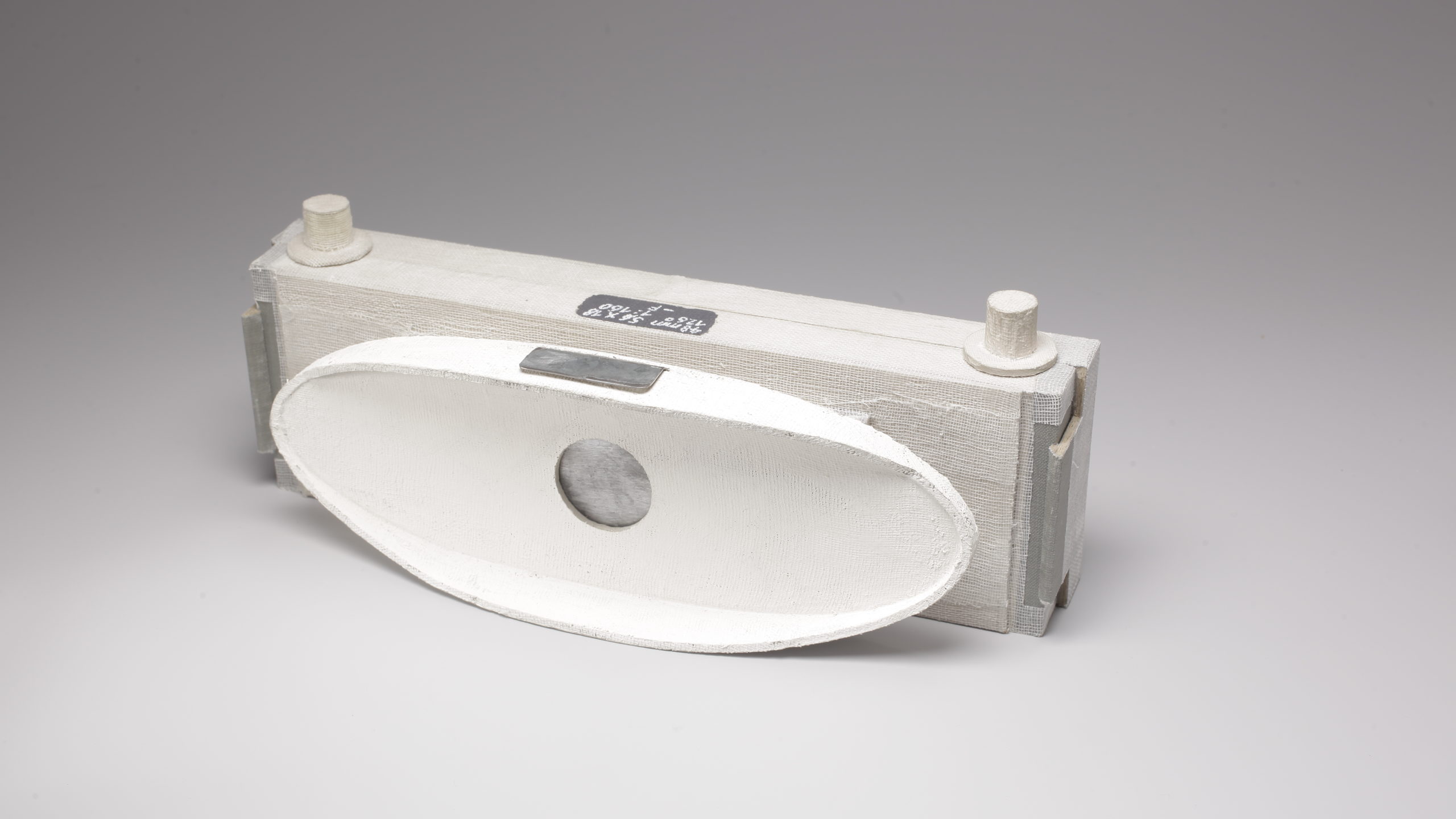Pinhole Camera Photography
Pinhole camera photography represents the return to the simplest expression of the exposure camera.
The pinhole camera operates on the principle of the camera obscura: by piercing a little hole in the dark chamber, this only “selects” a single reflected ray per point of the subject. All the rays that cross each other at this precise spot together project the inverted image of the external view onto the surface placed across their path – whether this be a film or a digital sensor.
The almost infinite depth of the field due to the absence of a lens, together with a long exposure time, enable the taking of astonishing exposures…
This particular vision, resulting from a clean image from end to end, produced by the pinhole camera, and its very simple usage, of course, very quickly gave photographers the urge to use cameras, whose lens was replaced by this famous little hole.
Peter Olpe, designer, teacher and graphic artist from Basle, a man of multi-faceted images, became fascinated by the pinhole camera at a very early stage. Over time, he designed and produced numerous cameras, which were pure creations and in total harmony with the images they produced. These boxes, real miniature architectural models, sometimes equipped with several pinhole cameras like a building with multiple windows retaining the trace of light within the spaces thus created. The artist donated his collection to the Swiss Camera Museum in 2012.


